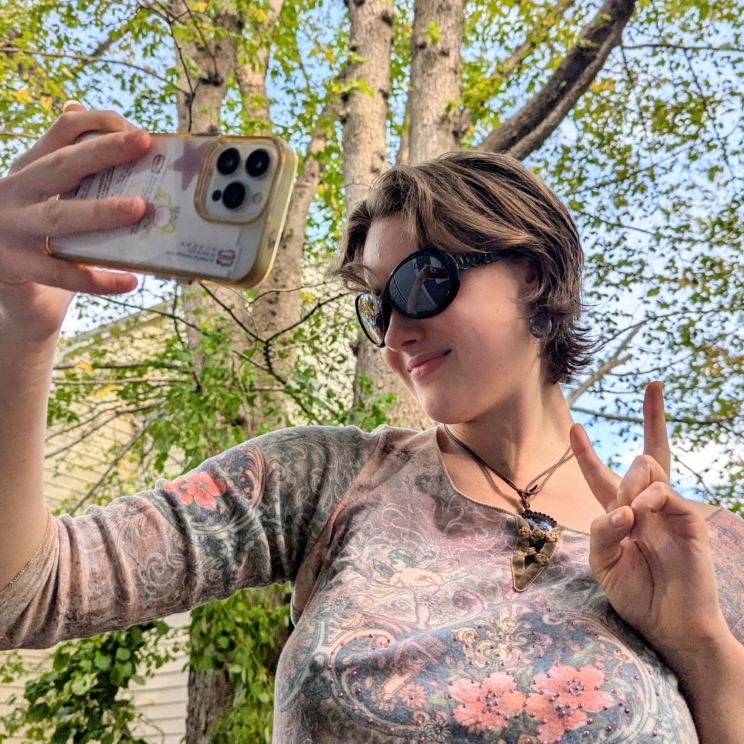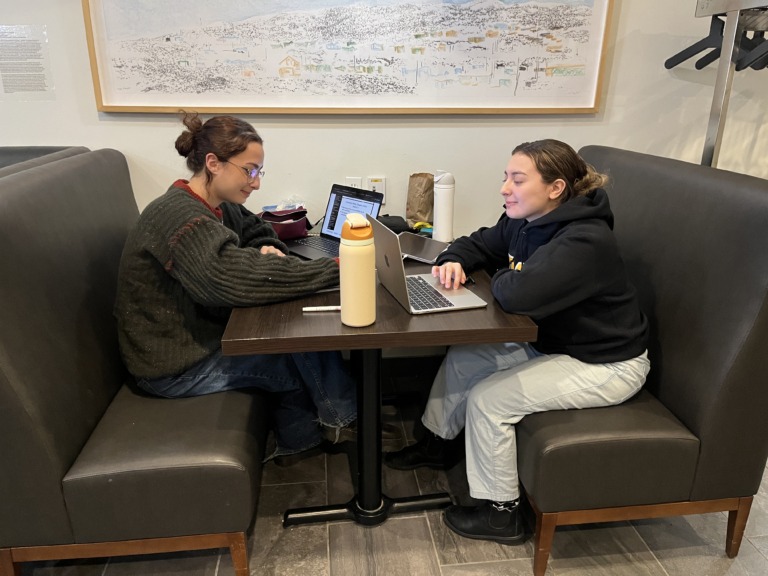
What happened to casual posting?
Some say social media is no longer a space for casual sharing
Social media is no longer casual, according to experts and Dalhousie University students. The age of the digital footprint turned platforms created to share pictures with friends into places to carefully curate a personal brand.
Cameron O’Reilly, a first-year Dalhousie student, says casual posting on social media is out.
“People take it seriously,” he says. “They think that’s how people view them.”
Tracing the casual posting decline
Shana MacDonald, an associate professor in communication arts at the University of Waterloo, isn’t shocked that students feel the need to take social media seriously. She says their near lifelong exposure to social media fostered the belief that expressing yourself is projecting an idealized life.
“Their whole lives, they’ve seen influencers performing glamorized versions of life,” MacDonald says.
Flavie Dube, a first-year master’s student in marine management at Dal, says that influencer culture is shaping consumer trends and social media use.
“It creates needs that we didn’t have as much before,” she says. “Now everybody wants to look a certain way or be a part of a certain community.”
MacDonald says influencer culture is a consequence of social media platforms prioritizing monetization over connection. She says a shift in algorithm structures further explains the decline in casual posting.
“Instead of prioritizing everyday conversations, they’ve turned towards prioritizing emotional responses,” she says. “And those include things like fear or outrage.”
Canadians aged 15 to 24 were the most likely age group to have seen online content inciting hate or violence in the past year, according to a 2022 Statistics Canada survey.
MacDonald says increasingly hostile environments on social media may contribute to the decrease in casual posting.
She says the risk of doxxing and “aggressive attacks” on what users post on social media makes casual posting no longer worth it for many.
What happens when people can’t be casual?
The increased curation of social media posts could result in “intense pressure” to conform to particular body aesthetics, according to MacDonald.
“There’s a lot less diversity of what’s accepted for bodies than perhaps in your grandparents’ generation,” says MacDonald.
For Dube, the comparison stems from the loss of authenticity that comes with increasingly curated social media content.
“I think everybody’s trying to have some kind of validation from others, and it leads us to compare each other a bit more,” she says.
The problem may be people forgetting the value of offline connections, according to MacDonald.
“[Social media] is spectacle and fantasy, but we take it as serious,” she says. “That devalues the importance of what an everyday life actually looks like and what really strong sustained friendships and communities, and care for our local environment, can look like.”
Zea May, a second-year marine biology student at Dalhousie, says online performativity may impact people’s mental well-being.
“Some people may have more anxiety around being their true self around others,” she says.






